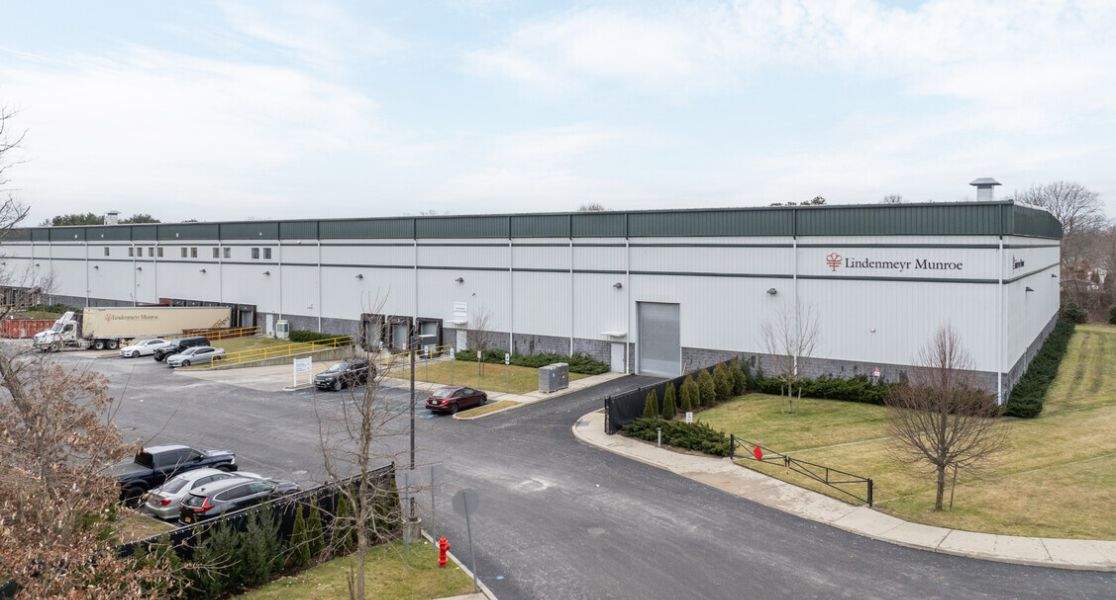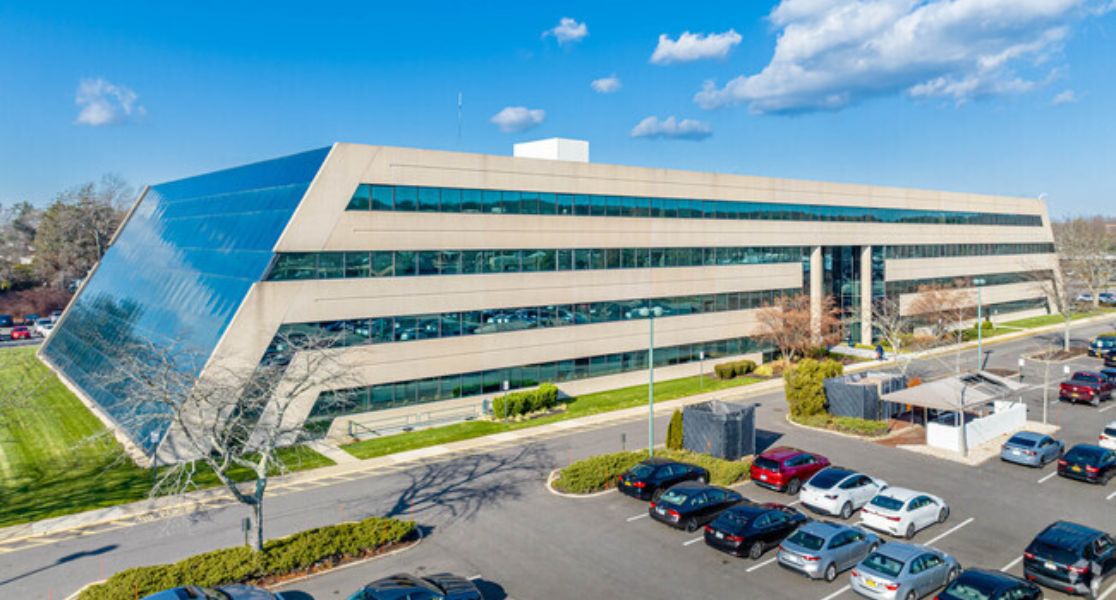 Time is one of those tricky things that seem to happen while we are not looking. As fast as this year came and went, it was truly a great one here at American Investment Properties, Inc. filled with action and growth. As we do each year before we close it out, we’ll review the key themes and trends from the articles and information that we’ve researched, crafted and shared with our friends and followers in our monthly Koenigsberg Long Island Bulletin. Lets take a look back at our year.
Time is one of those tricky things that seem to happen while we are not looking. As fast as this year came and went, it was truly a great one here at American Investment Properties, Inc. filled with action and growth. As we do each year before we close it out, we’ll review the key themes and trends from the articles and information that we’ve researched, crafted and shared with our friends and followers in our monthly Koenigsberg Long Island Bulletin. Lets take a look back at our year.
Long Island Commercial Real Estate Market Review
First, a brief remark on the Long Island commercial real estate markets. Throughout 2017 we consistently provided you with market reports and updates outlining Long Island as well as national market conditions. In each report we covered the demographics’ retail, office, and industrial markets. We broke this information down simply by market with a focus on reported vacancy rates, rental rates, and cap rates. On a whole, Long Island’s Commercial Real Estate Markets are mostly healthy – but changing (more on that in a bit, see: Experiential Retail), with a somewhat consistent raise in rental rates and a decrease in vacancy rates. However, just like any other market, there will always be an ebb and flow supporting the supply and demand of the changing landscape. The key to successful commercial real estate markets here on Long Island (and elsewhere, too) in the year ahead will be the willingness, ease of change, and adaptation, from traditional real estate to more out-of-the-box thinking and use of commercial property.
Throughout the year we closely watched the U.S. economic status and outlook and changes that occurred. In addition to our quarterly “U.S. Economy & CRE Markets at a Glance” infographic, we also reported some of these changes across timely articles discussing the Federal Reserve Rate Hike. This year we saw a rise in the Federal Reserve interest rate rise twice as part of a program for a slow but steady normalization of monetary policy. After years of crisis-era zero interest rates, the Fed raised its key interest rate by 0.25% as the Fed Funds Target Rate currently stands at 1.25$, which is still very low by historic standards. In doing so the Fed had signaled its confidence in the nation’s economy. Although we wait to see what December brings, we know that the economy is currently growing at roughly 3%, with unemployment at 4.2%, therefore, we are led to believe that there will indeed be one last rate hike for the year.
Technology And Education
2017 brought us many useful tips and traits pertaining to Expanding our Knowledge. We crafted several articles effectively helping us to become more well-rounded and less stressed, enabling us to become our best selves both personally and professionally. In September, we introduced edX, an online learning destination offering over 1,300 high-quality courses from the world’s best universities and institutions to learners everywhere in the world with an Internet connection. This new way to expand your knowledge includes self-paced learning, online discussion groups, wiki-based collaborative learning, assessment of learning as you progress through the course, and online laboratories. edX is learning for the future.
This year we also took an in-depth look at brain functions and the inner-workings of brain hemisphere dominance. With the theory of right-brain vs. left-brain being long running and truly compelling, we found it fascinating that we actually use both hemispheres of our brains for very different areas of thinking causing us to be neither left-brained or right-brained. The article detailed that left-brain thinking is verbal and analytical and right-brain thinking is non-verbal and intuitive, using images rather than words. According to the left-brain, right-brain dominance theory, the right side of the brain is best at expressive and creative tasks. Some of the abilities popularly associated with the right side brain include: recognizing faces, expressing emotions, music, reading emotions, color, images, intuition and creativity. The left side of the brain is considered to be adept at tasks that involve logic, language, and analytical thinking. The left-brain is best described as being better at language, logic, critical thinking, numbers and reasoning. We now know that the two sides of the brain collaborate to perform a broad variety of tasks and that the two hemispheres constantly communicate.
Tips to Overcoming Daily Obstacles
In May we got deep discussing the common reality that we all face of having to interact with someone who does not share the same views as us. Understanding how to get along with the people whose beliefs differ from your own offers the key to your success and overall satisfaction. We provided five expert tips that could help in difficult social situations where opposing beliefs and dissenting options are in play. Two of our favorite expert tips from that article are 1. Keep your cool even when the conversation gets hot. Being able to appreciate diversity means that you don’t go off the deep end when someone expresses a dissenting opinion. If you let your emotions get in the way of your logic, you’ll not only lose the argument, but also further contribute to animosity. And, 2. Try to find common ground on which you can agree. It may seem impossible at the time to acknowledge the validity of someone else’s argument, but mature adults should be able to appreciate the gray between the black and white of your viewpoints.
![]()
Another article that we crafted whose topic we found incredibly helpful in the researching process was entitled “Creating an Effective Routine”. To start, the quote we opened with truly struck a chord: “One of the most important paradoxical truths to learn in adulthood is this: some rules, rather than constraining, can actually be incredibly freeing.” The article went on to provide five easily achievable steps to helping you create a routine. The information we gleaned from writing this article has stuck with us allowing us to become more efficient and save time. With a daily routine, your actions can become more automatic allowing us to get important tasks done even when our minds are preoccupied with other things.
Commercial Real Estate Terms Defined
Quite a few of 2017’s articles were dedicated to defining and breaking down complicated Commercial Real Estate Terms and industry-speak. We hope you found all of the information in these articles to be informative and insightful. We discussed easements, which is by definition, the legal right that allows the holder of the easement to use property that he does not own or possess for a specific limited purpose. The parcel of land that benefits from the easement is the “dominant” tenement or estate, whereas the “servient” tenement or estate is the parcel of land that provides the easement. We learned that there are four types of easements: easement by necessity, easement by prescription, easement by condemnation, and party easement.
We also broke down the ins and outs of ensuring tenant credit. As the success of leased real estate is highly dependent upon the stability of its tenant, landlords should always analyze tenant credit in the context of the lease. While rent is the primary economic factor in a lease transaction, other factors such as term, area of the premises, and the scope of tenant improvements create the platform for which a tenant’s credit should be evaluated. We learned that there are three key ways in which a landlord should ensure their prospective tenant’s credit, to guarantee that the tenant is able to fulfill their rent, and financial obligations, to the landlord are via underwriting, security deposits, and lease guaranties.
Experiential Retail Changing Commercial Real Estate
Lastly, in our yearly review we always like to take a look at Reoccurring Themes and Trends. In doing so we saw that there were three major trends throughout 2017 when it came to commercial real estate. These trends were all around one commonality: adapting to change. The largest term that we found woven through multiple articles and conversations was Experiential Retail. The experiential retail technique is doing nothing less than revolutionizing how people shop for, learn about and interact with products. Many of today’s consumers research products and services extensively online, which means they don’t require traditional customer service. Instead, when they enter stores, they seek hands-on activities and stimulation. Today’s most successful retailers master the art of experiential design in order to meet the evolving expectations of today’s shoppers. Experiential retailing boils down to creating pleasant, memorable, interactive experiences that appeal to all five senses. It also requires a deep understanding of the shopper’s journey, in order to integrate strategies across marketing channels. It is imperative to understand that experiential retail impacts the CRE retail market and that property owners must flex to accommodate this change. With Amazon’s giant acquisition of Whole Foods Market, a $13.7 billion deal, we’re already seeing how experiential retail is taken to a whole new level as brick-and-mortar stores are used as fulfillment operations with in-store experiences. Next summer, we will see Lesso Home open its doors to the transformed Source Mall into an experiential retail dream of dynamic retail concepts.
Shared Office Spaces and Coworking Centers
Along with the changing CRE landscape is the idea of shared space. Dedicated office spaces continue to shrink as more collaborative office layouts and open spaces take hold. Today, the average is about 176 square feet per worker, down from roughly 225 square feet in 2010. With the shared office movement building momentum for years, there are now various ways in which shared spaces have taken shape. Coworking centers and executive suites facilities that offer shared workspace have become one of the hottest trends among tech startups, freelancers, and creative businesses seeking community and collaboration with like-minded entrepreneurs. These spaces continue to evolve and morph into new types of workplaces that create experience and community for users.
CRE Spaces Continue to Go Green
Lastly, we discuss the eco-friendly change with CRE “going green”. More and more commercial buildings are “going green” in a variety of ways, and are doing so for both financial and environmental benefits. As people are becoming more economically responsible, clients and tenants are now seeking more eco-sustainable or “green” buildings or are requesting these types of upgrades and improvements to their current buildings. Going green is a wise way to cut costs in operating office buildings, retail stores, manufacturing facilities and malls. Commercial buildings are one of the main energy consumption sources, and can become green in aspects such as heating, ventilation, air-conditioning, green lighting, solar, and water conservation.
As always, our sincerest Thank You for taking the time to journey with us this year while we expanded our learning and knowledge on the above themes and more. 2017 has been a great and prosperous year for us here at American Investment Properties and we hope the same is true for you. We look forward to sharing more useful and relevant information with you throughout 2018 as we continue to bring you our monthly Koenigsberg Long Island Bulletin.
From our team to you and yours, have a happy and healthy holiday season and New Year!





